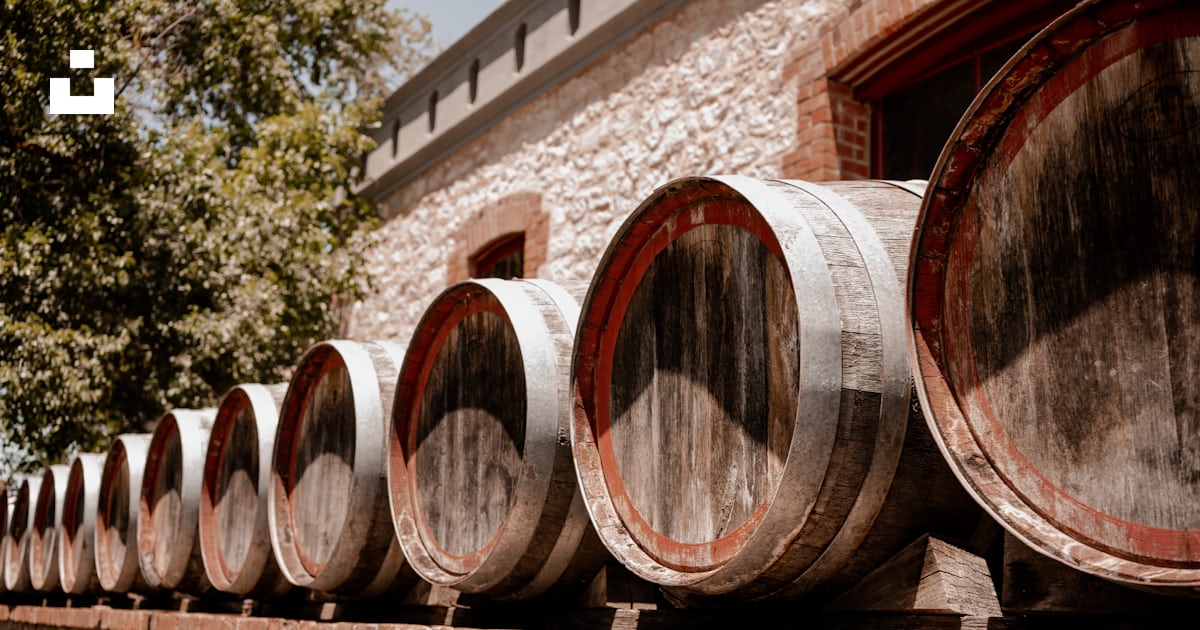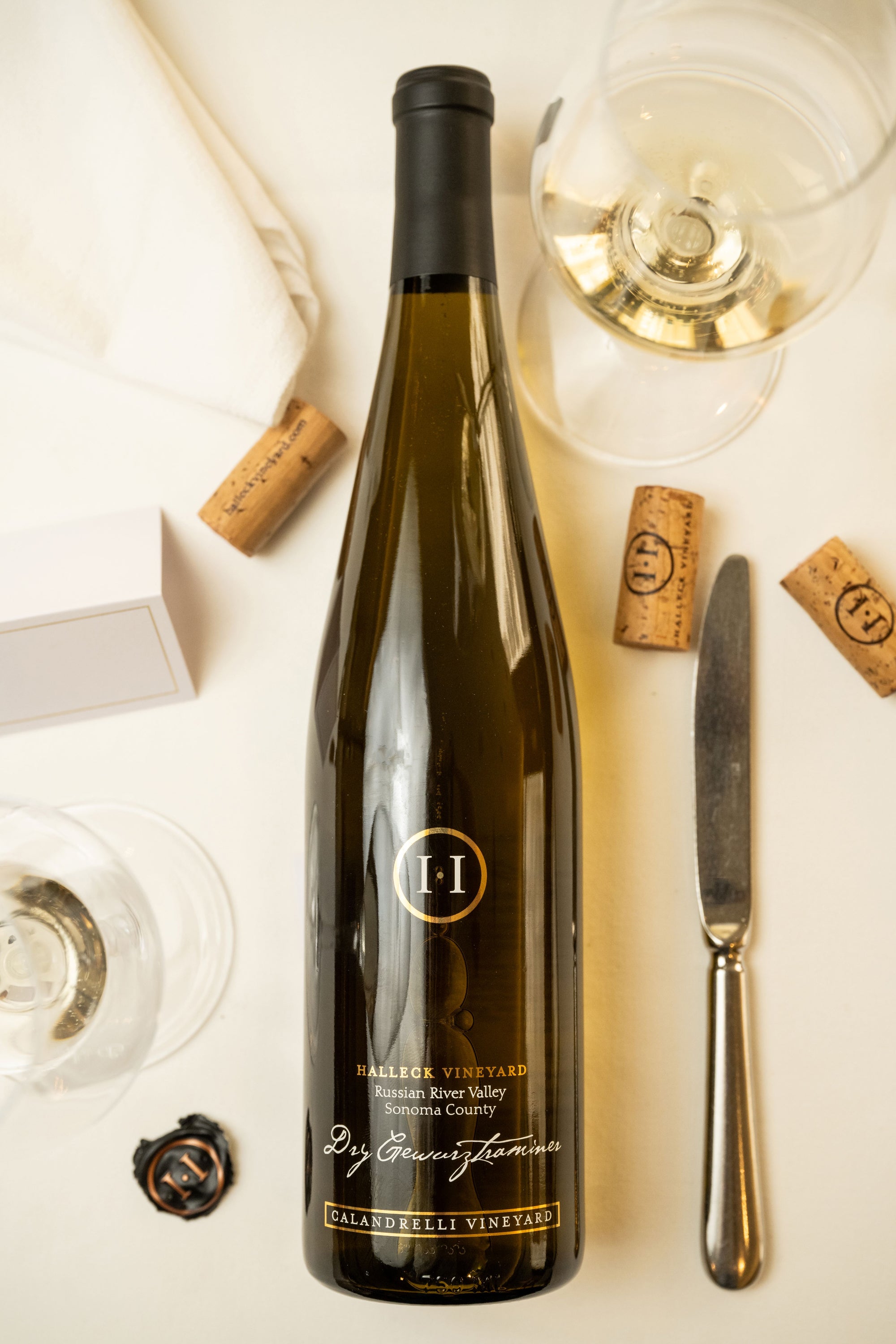Enthusiasts Should Not Miss These Amazing Wineries in Sonoma 95404
Understanding the nuanced vocabulary related to winery wine tasting is crucial for both novices and seasoned connoisseurs alike. Each term brings to life the experience of tasting wine and may enhance one’s appreciation of the various intricacies concerned. Wine tasting is extra than simply drinking; it's an art that includes varied senses and feelings.
To begin with, the term "nose" refers back to the aromas one detects when smelling the wine. This is an important step because the bouquet sets the stage for the tasting experience. Notes of fruit, spice, earth, and wood may mingle, offering a glimpse of what the palate might affirm. Understanding "nosing" the wine can dramatically elevate one's sensory journey.
One Other key side is the term "body." The physique of the wine describes its weight and fullness on the palate. A full-bodied wine has a sturdy presence and tends to linger longer after swallowing. Conversely, light-bodied wines could really feel extra delicate and refreshing. Recognizing the physique helps tasters assess the wine's structure and stability.
Vineyard Tours Etiquette for First-Time Visitors 95461
The concept of "tannins" is vital in purple wine tasting. Tannins are compounds derived from grape skins, seeds, and stems, contributing to a wine's texture and getting older potential. Excessive tannin wines often lead to a dry mouthfeel, while decrease tannin ranges yield a smoother experience. This distinction is especially important when pairing wines with food, as tannins can either complement or clash with certain dishes.
In addition to tannins, "acidity" plays a big position within the wine tasting experience. Acidity provides wine its crispness and liveliness - Distinctive Wine Tasting Events You Can't Miss in Sonoma. Wines with greater acidity tend to be refreshing and energizing, making them wonderful companions for a big selection of foods. Recognizing acidity can drastically enhance one’s food-pairing capabilities and total tasting enjoyment.
When delving into the flavor profile of a wine, one might encounter the term "finish." The finish refers again to the aftertaste that lingers in the mouth after swallowing. A long end is often associated with high-quality wines, because it signifies complexity and depth. A short finish could recommend an easier wine. Understanding how to evaluate the finish can reveal much about a wine's character.
Exploring the "vintage" is also integral to wine tasting terminology. The vintage denotes the 12 months in which the grapes have been harvested. Completely Different years can yield vastly different results as a outcome of variations in local weather conditions. For instance, a sizzling summer season can produce more concentrated flavors, while a cooler yr may yield extra refined, nuanced wines. Understanding vintage allows for a deeper appreciation of a wine’s origin and potential.
Top Reasons to Visit Wineries in Sonoma County 95405
The term "terroir" encompasses the geographical and environmental elements that contribute to a wine's distinctive character. Elements corresponding to soil kind, climate, elevation, and topography all play a job in the flavor and high quality of the wine. This connection to put helps one perceive why wines from different areas can taste so distinctively completely different, even when made from the identical grape variety (Best Wine Tours in Sebastopol Find Out More and Sonoma).

When engaging with wines, the phrase "leg" refers again to the droplets that type on the inside of the glass after swirling. These droplets can point out the wine's alcohol content material and viscosity. While observing the legs may not immediately relate to the wine’s taste, it provides to the overall experience and intrigue of wine tasting less clear.
The Best Wine Tastings in Sebastopol 95404
A more specific term which will arise throughout tastings is "oak." The affect of oak barrels on wine can impart flavors similar to vanilla, toast, or spice. The degree of oak growing older can vary widely among wines, affecting both aroma and taste. Understanding oak therapy supplies insights into the winemaker’s selections and the ensuing complexity of the wine.
In wine tasting, one may also hear the term "palate." The palate refers again to the general taste experience in the mouth. This encompasses sweetness, bitterness, acidity, and physique. A well-balanced palate is crucial for a harmonious tasting experience, and recognizing any imbalances helps assess the standard of the wine.
The experience of wine tasting is tremendously enriched by understanding the terminology that accompanies it. Every term serves a objective, enhancing the power to convey thoughts and feelings in regards to the wine one's experiencing. This vocabulary bridges communication between tasters, sommeliers, and winemakers important link alike.

To totally get pleasure from wine tasting, it is essential to interact all senses. The sight of the wine, its color, and clarity can present insight into its age and quality. Swirling the wine releases aromas that heighten the olfactory experience, whereas the precise tasting allows for a complete analysis of the wine's profile.
Eco-Friendly Practices at Wineries in California
In conclusion, understanding the detailed explanation of winery wine tasting terminology greatly enhances the experience of tasting. Each term invites the taster to engage more deeply with the wine, encouraging connections to the senses, the winemakers, and the lands where the grapes are grown. This nuanced vocabulary creates a richer, more fulfilling wine tasting experience.
- Aroma refers to the scents released by the wine, which may indicate its grape variety and influence the tasting experience.
- Tannins are natural compounds found in grape skins, seeds, and stems, contributing to the wine's structure and growing older potential.
- A finish, or aftertaste, is the lingering flavor sensation that is still on the palate after swallowing, typically a key indicator of quality.
- Physique describes the load and fullness of wine in the mouth, generally categorized as light, medium, or full-bodied.
- Terroir denotes the unique environmental characteristics of a vineyard that affect the taste and quality of the wine, including soil kind and local weather.
- Acidity is a important part that contributes to a wine's freshness and balance, impacting its aging capability and total flavor profile.
- Vintage signifies the 12 months grapes had been harvested and plays a significant role in determining the wine's characteristics, reflecting particular weather conditions.
- Decanting includes pouring wine from its bottle into another vessel, allowing it to aerate and enhancing its flavors and aromas.
- A corked wine may be tainted by a defective cork, leading to musty or off-putting flavors that detract from the wine's meant profile.
- The term “legs” refers back to the droplets that cling to the inside of a glass after swirling, often associated with the wine's alcohol content and viscosity.undefinedWhat is the that means of "nostril" in wine tasting?undefinedThe "nose" refers back to the aroma profile of the wine, which is detected through the sense of odor. It Is a vital aspect of wine tasting, as aromas can reveal so much concerning the grape variety, winemaking course of, and growing older.
How should I correctly style wine?undefinedTo taste wine effectively, observe these steps: observe the color, swirl the wine to aerate it, take a gentle sniff to seize the aromas, sip and let it coat your palate, and eventually, note the finish. This strategy helps in appreciating the wine’s complexity.
What are "tannins" and how do they have an result on wine?undefinedTannins are pure compounds found in grape skins, seeds, and stems that contribute to a wine's structure and astringency. They can create a drying sensation in the mouth, they usually additionally play a job in the wine's growing older potential.
Uncover the Top Wineries in Russian River Valley for Tasting Experiences 95404
What does the term "stability" imply in wine tasting?undefinedSteadiness refers back to the concord between the totally different parts of a wine, similar to acidity, sweetness, alcohol, tannin, and flavor depth. A well-balanced wine will have every of these parts supporting each other quite than overpowering the others.
What is the importance of "terroir" in wine tasting?undefinedTerroir encompasses the environmental factors—such as soil, climate, and geography—that affect the characteristics of the wine produced in a specific area. Understanding terroir helps tasters respect the distinctive qualities that completely different regions impart to their wines.
What does "vintage" imply and why is it important?undefined"Vintage" indicates the yr when the grapes had been harvested. It is crucial as a outcome of it affects the wine’s quality and traits, as weather circumstances in the course of the growing season can significantly affect flavor profiles and aromatics.
What are "legs" and what do they signify?undefined"Legs" refer to the droplets that form and run down the within of a glass after swirling wine. While they can point out alcohol content material and viscosity, they do not determine quality—this is more about personal notion of richness.
Guide to Tasting Rooms in Sebastopol 95407

What does "full-bodied" imply versus "light-bodied"?undefined"Full-bodied" wines are rich, dense, and often have greater alcohol content and complicated flavor profiles, while "light-bodied" wines are extra delicate and refreshing with a lower alcohol content. This distinction helps tasters perceive the expected weight and mouthfeel of the wine.
How can I determine fruit flavors in wine?undefinedTo identify fruit flavors, think about the aroma and taste profiles. Swirl the wine, inhale deeply to seize the bouquet, and focus on particular characteristics. Familiarity with typical fruit profiles of varied grape varieties can improve this identification course of.
What is "finish" in wine tasting?undefinedThe "finish" refers to the aftertaste that lingers in the mouth after swallowing. A lengthy, complex end is often a sign of high quality in a wine, as it displays the depth of flavor and overall craftsmanship in the winemaking course of.
Comments on “Discover Organic Wine Choices at Award-Winning Wineries in Sebastopol”